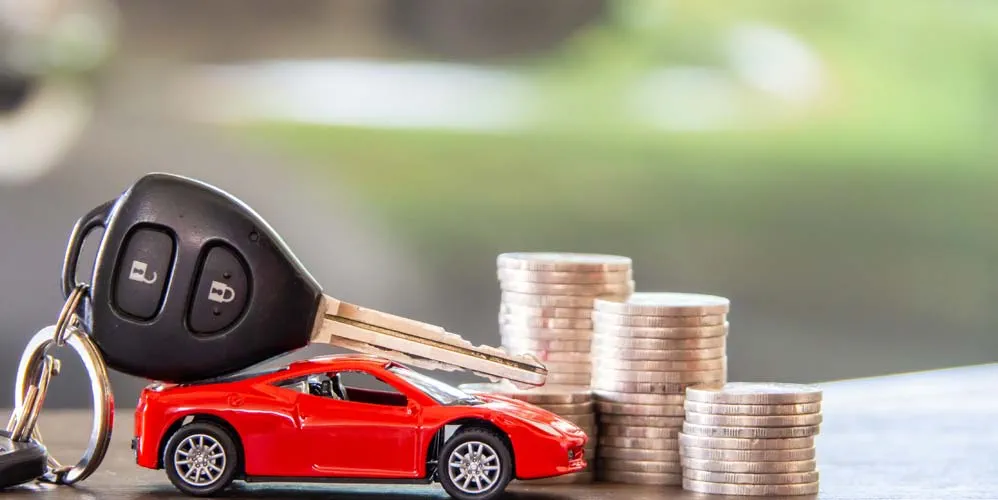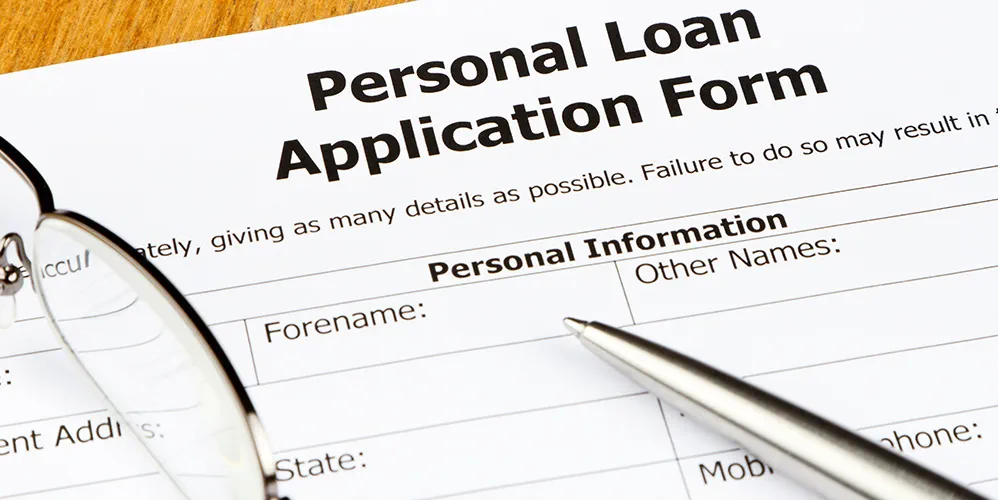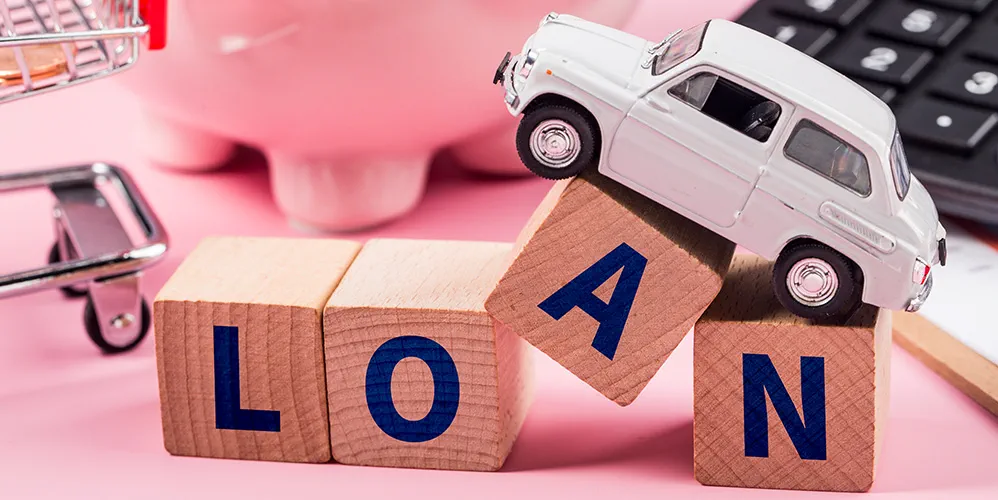
How to Get a Car Loan?
01 नवम्बर 2019

How to Get a Car Loan?
Now that you have zeroed in on your dream car after test driving a few of them, you probably cannot wait any longer to buy it. Now the next obvious question is, what are your financial options for buying the dream car? For many of us, a car loans seems like a comfortable financial option to consider, given that it leaves cash liquidity intact and you can get a car loans in easy EMI options at affordable interest rates, so it does not pinch your pocket much. Here’s a guide on what to do next!
First things first. Check if you are eligible for a car loans . Once you know you meet the eligibility criteria, it speeds up the process of getting a loan approved.
Am I eligible for a car loan?
Each bank has its own criteria for . It could be minimum annual income or minimum years of employment among others.
For example, Bank of Baroda provides up to 90% financing for the said category of borrowers-
- Salaried Employees
- Businessmen, professionals and farmers
- Directors of Private and Public Limited companies, Proprietor of Proprietorship Firms, partners of Partnership Firms.
- Corporates (Partnership, private Limited, Public limited and Trust)
- NRIs/PIOs
What are the documents required for a car loan?
Though documents required may vary from bank to bank, but most commonly, banks ask for the documents mentioned below along with the loan application form-
For Proof of identity, one of these documents van be produced:
- Passport
- Driving license
- Latest three months old credit card statement.
- Salary slip
- Income tax assessment order
- Utilities like electricity bill, landline bills-not older than 6 months.
- Bank statement
- Letter from employer/public authority (should be validated by bank)
- iVoter ID card
- Retired government employees can produce pension payment orders
- Registered leave and license agreement or sale deed or lease agreement.
Please note, every time there is a change of address or change in any other detail furnished to the bank, the applicant will need to immediately notify it to the bank along with updated document proofs.
Proof of income:
- Bank statement of the last three to six months
- Salary slip and form 16 (for salaried persons)
- Income tax returns (for self-employed persons)
Margin
Lenders require you to pay a portion of the price of the car, also called the margin, as the lender pays the rest, which becomes your loan value. In case of Bank of Baroda, the margin is 10% on the ‘on the road’ price of the car.
Popular Articles
Related Articles










-
Disclaimer
The contents of this article/infographic/picture/video are meant solely for information purposes and do not necessarily reflect the views of Bank of Baroda. The contents are generic in nature and for informational purposes only. It is not a substitute for specific advice in your own circumstances. Bank of Baroda and/ or its Affiliates and its subsidiaries make no representation as to the accuracy; completeness or reliability of any information contained herein or otherwise provided and hereby disclaim any liability with regard to the same. The information is subject to updation, completion, revision, verification and amendment and the same may change materially. The information is not intended for distribution or use by any person in any jurisdiction where such distribution or use would be contrary to law or regulation or would subject Bank of Baroda or its affiliates to any licensing or registration requirements. Bank of Baroda shall not be responsible for any direct/indirect loss or liability incurred by the reader for taking any financial decisions based on the contents and information mentioned. Please consult your financial advisor before making any financial decision.
गृह ऋण के लिए आवेदन करने के लिए 7 चरणों की मार्गदर्शिका
हम सभी का सपना अपने घर का मालिक बनने का होता है। यह आजीवन वित्तीय सुरक्षा सुनिश्चित करने का माध्यम है जो कि किराए के घर में रहने से नहीं आता है। लेकिन एक घर खरीदना जटिल प्रक्रिया है। चाहे वह वर्षों की बचत को डाउन पेमेंट के रूप में दिया जाना हो या निवेश करने के लिए सही स्थान खोजना हो; घर खरीदने की प्रक्रिया विस्तृत है और चूंकि संपत्ति निवेश बचत का एक बड़ा हिस्सा लेता है, इसलिए हम में से अधिकांश गृह ऋण पर भरोसा करते हैं। हां, आप गृह ऋण ले सकते हैं और 30 वर्ष तक की अवधि के लिए आसान समान मासिक किस्तों (ईएमआई) में इसका भुगतान कर सकते हैं। आइए समझते हैं गृह ऋण की प्रक्रिया।
How to Remove Car Loan Hypothecation After Car Loan Repayment
A secured loan is a loan in which an asset is hypothecated to the lender. Since the lender finances the purchase of the asset, the original purchase papers of the asset are with the lender. When it comes to purchase of a home, the asset’s ownership shifts to the borrower once he has completely repaid the loan. In gold loans, the gold is left under lock and key with the lender. Once the loan is repaid, this gold is given back to the borrower. However, it is not the same when it comes to a car loan.
In a car loan, the car purchased is hypothecated to the lender. The lender pays the funds to purchase the car. However, a car also has to be registered with the Regional Transport Office (RTO) before it can be driven on the road. In such a case, the name of the lender appears on the registration certificate (RC) of the vehicle/ in the records of Regional Transport Office. This means you need to take a few additional steps once the car loan is repaid for car loan hypothecation removal. Once the car loan hypothecation is removed and the car’s ownership is completely in your name, then you will have a clear title and ownership to your car. This is especially important while getting insurance. In case anything happens to the car, the Insurance claim will go to the owner of the car, which in case of hypothecation, will be in favor of the lender.
This is why car loan hypothecation removal is important.
How to remove hypothecation from RC after car loan repayment/termination:
Step 1: Repayment of car loan
In the hypothecation agreement of car loan, the name of the lender appears as the owner for the car. To start the procedure for removal of the lender’s name, you need to repay the car loan completely. The loan must be paid off and a nil balance must appear in the lender’s books.
If you are planning to prepay your car loan, it is better to inquire with the lender about their prepayment charges and conditions. Sometimes lenders have prepayment charges on these loans and this can go up to 2%.
Once you’ve completely paid off the loan, you need a no dues certificate from the lender. This certificate will state that you have completely discharged the dues to the lender.
Step 2: Collection of documents from the lender
Once the loan is repaid, the lender will give you the no dues certificate. Along with this, you need to collect:
No objection certificate:
This certificate states that the lender does not have any objection with car loan hypothecation removal. One important point to remember is that you must take multiple copies of the No Objection certificate. This No Objection certificate will need to be submitted to the RTO and to the Insurance company. You will also need one copy for your own records. Usually, the no objection certificate is valid for 3 months. So, you must approach the RTO immediately after you get the no objection certificate.
Form 35
This form is a notice of termination of hypothecation. This form also has to be made in triplicate or in 3 copies. Each state usually has its own format for this form which can easily be found online or at the RTO.
Step 2: Submission of documents to the RTO
Once you have the documents from the lender, you need to visit the Regional Transport Office or the RTO with a set of documents that includes:
Original form 35 signed and stamped by the borrower and bank
Original Bank No Objection Certificate
Attested copy of PAN
Attested copy of insurance policy of car
Original Registration Certificate
Address proof
Copy of Pollution Under Control (PUC) certificate
These documents will have to be submitted to the RTO. If your address does not match the address in the registration certificate, you will need to submit Form 33 which is for change of address.
Once you submit these documents to the concerned officer at the RTO, they will get them verified. You need to pay the respective fees to get the process completed. The officer will give you a time and date on which you can collect your updated Registration Certificate (RC)
Step 3: Collect your updated Registration Certificate
The date and time for the visit will be specified when the documents are submitted. When you visit the RTO on the specified date, you will get the updated RC. If there are any mistakes in the details, you can get them corrected and collect the RC on a future date. Once you collect your updated RC, you will have completed all car loan hypothecation removal formalities.


Leave a Comment
Thanks for submitting your details.